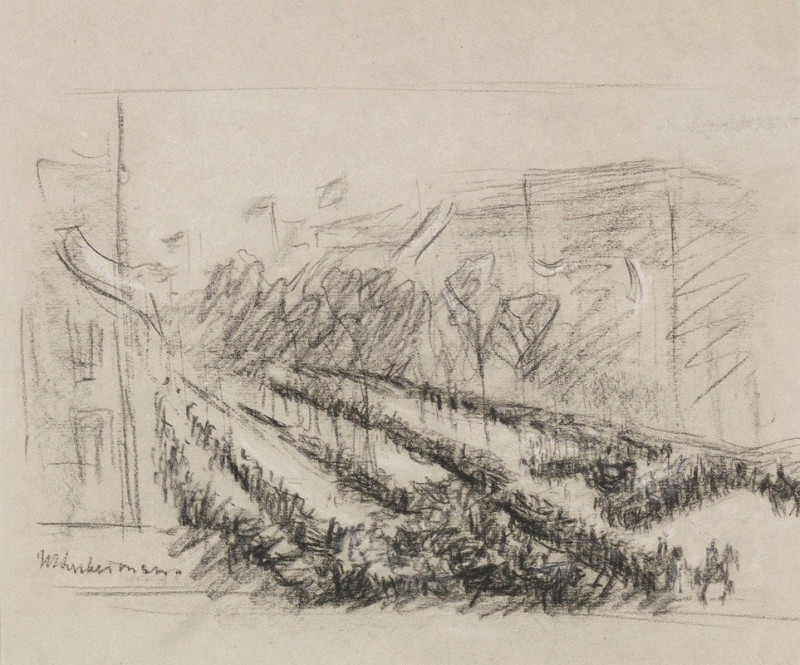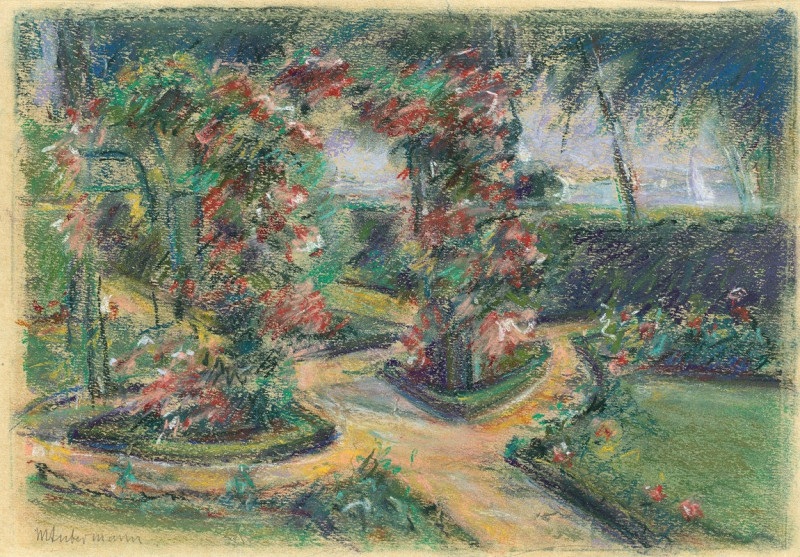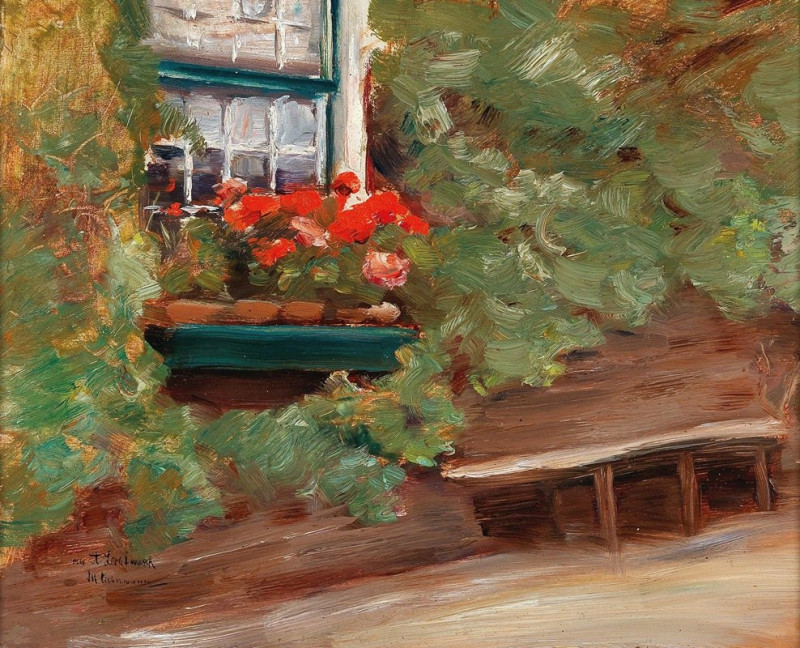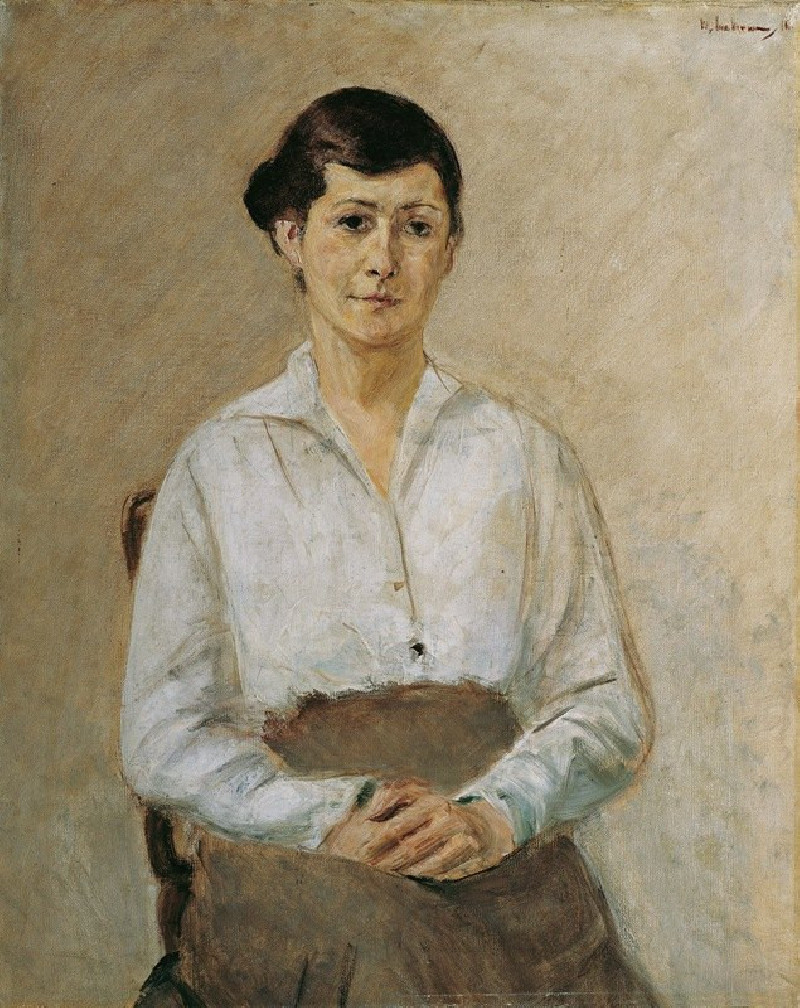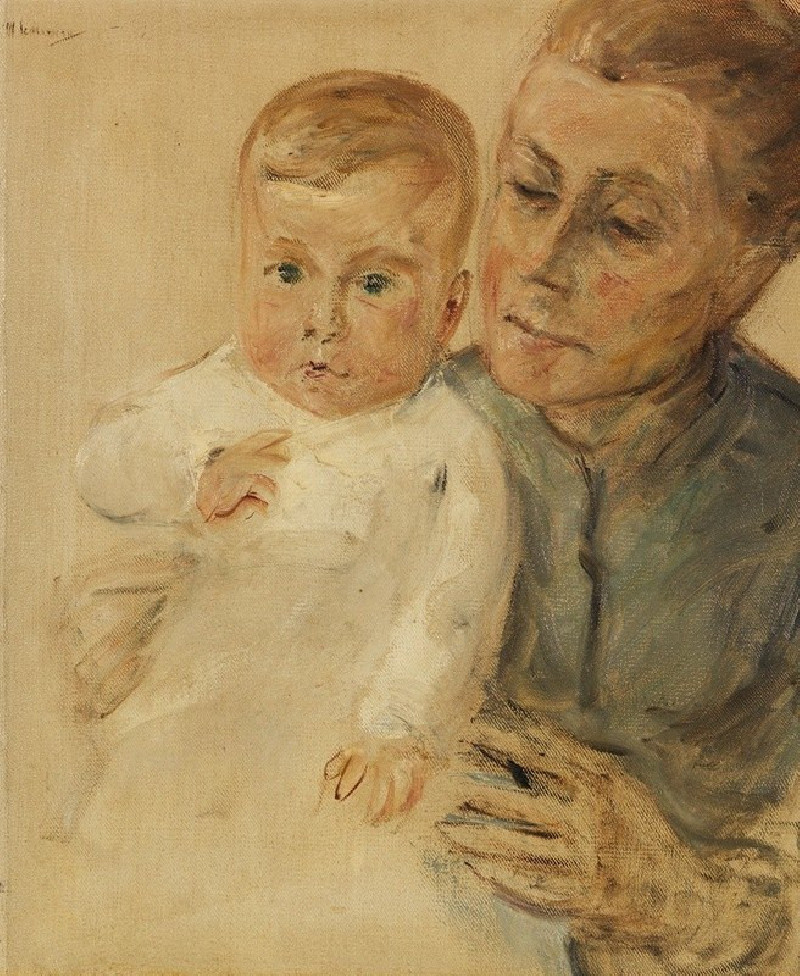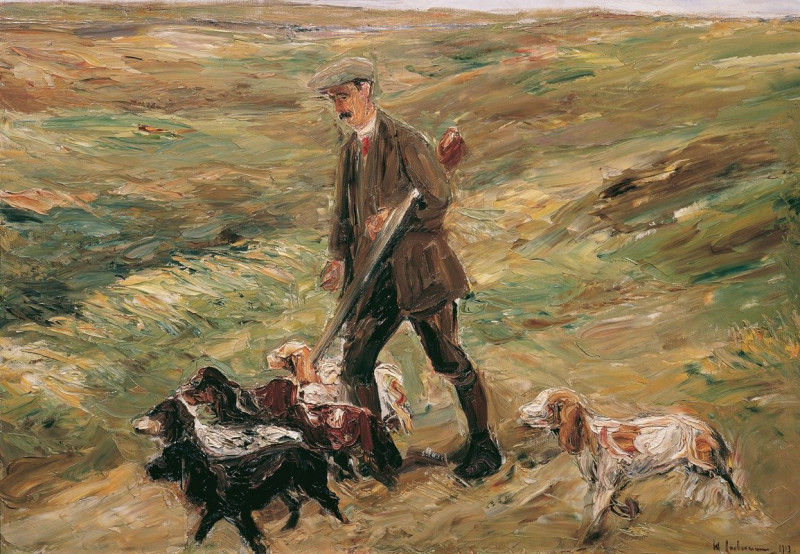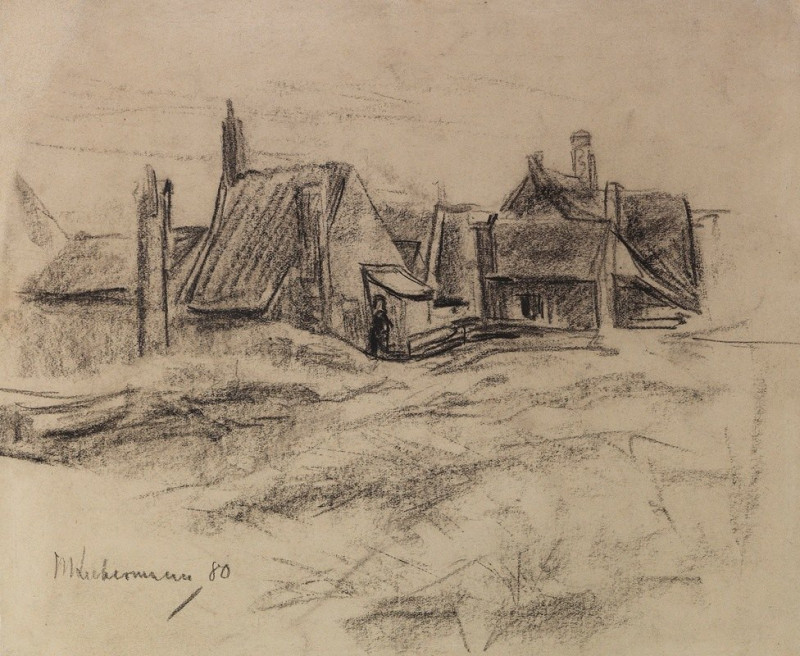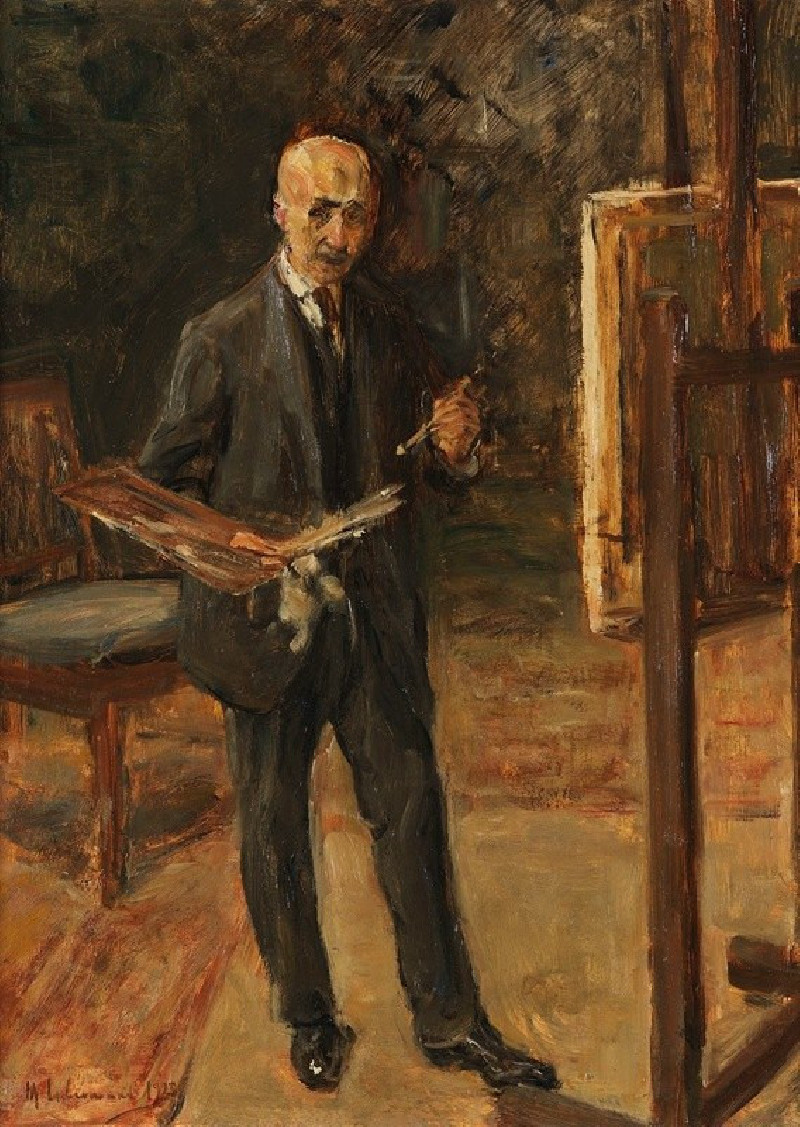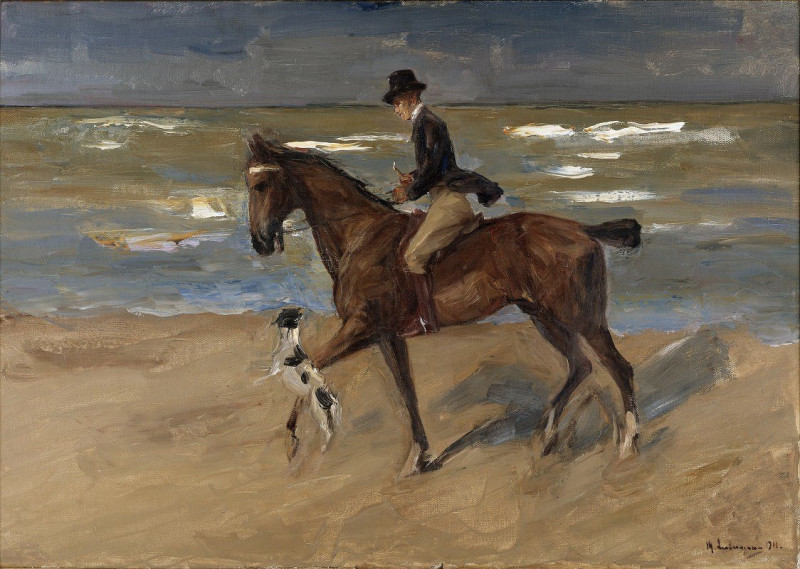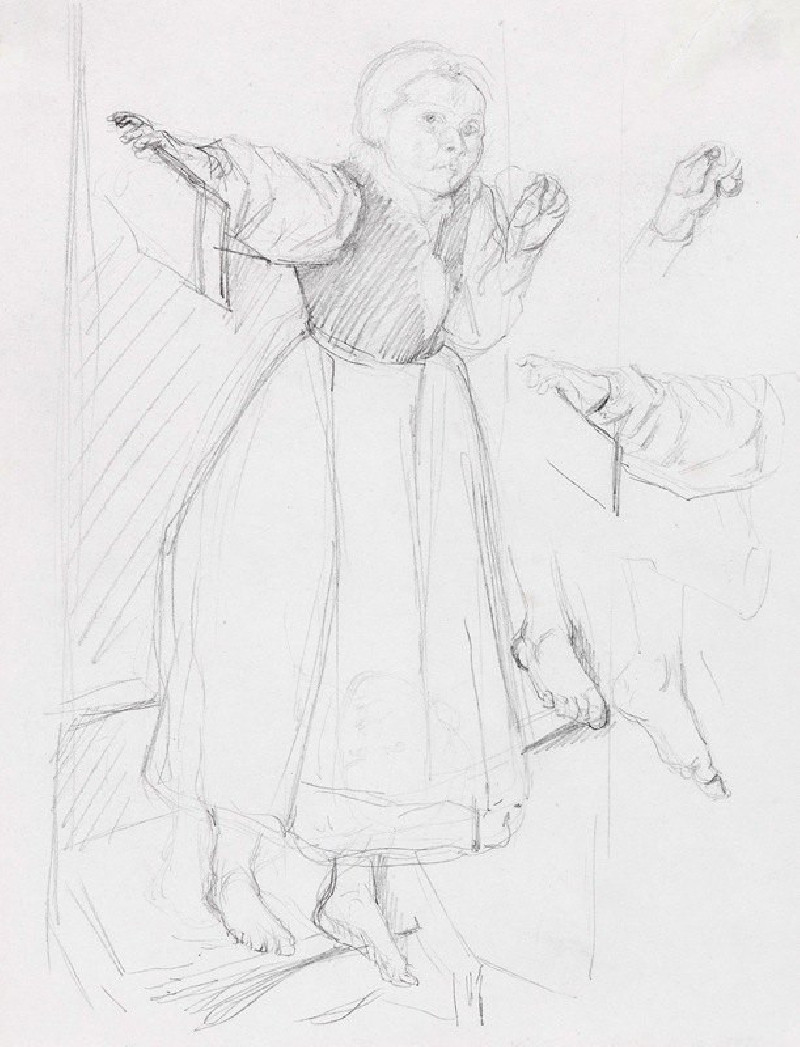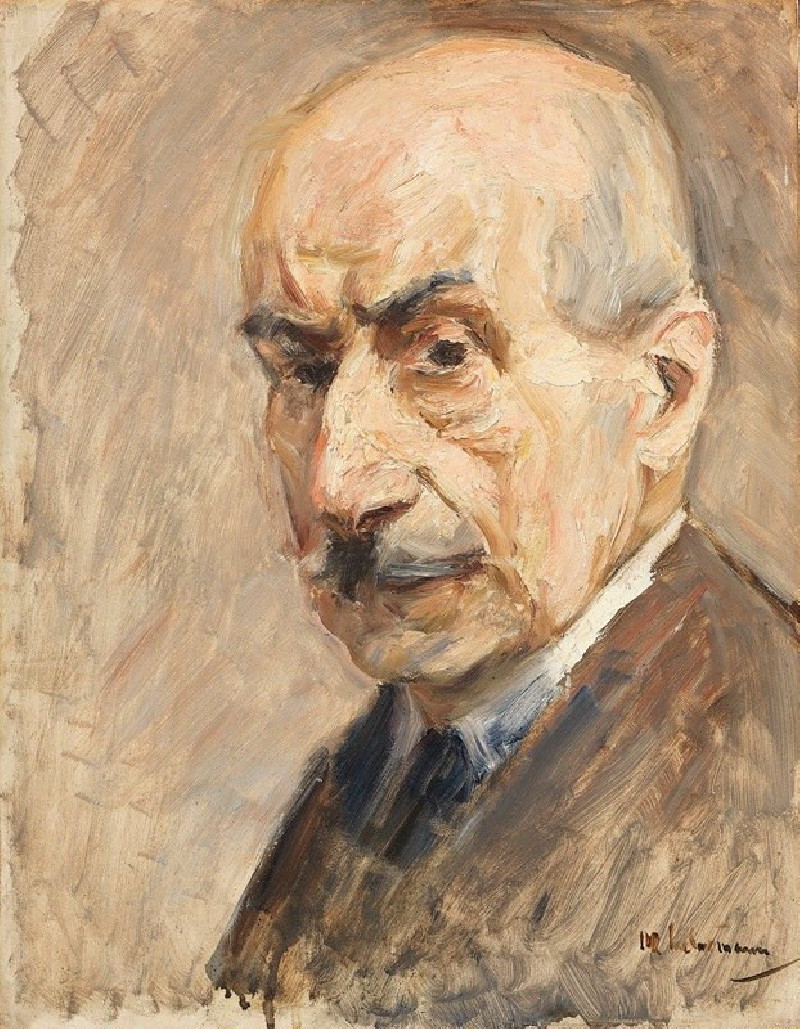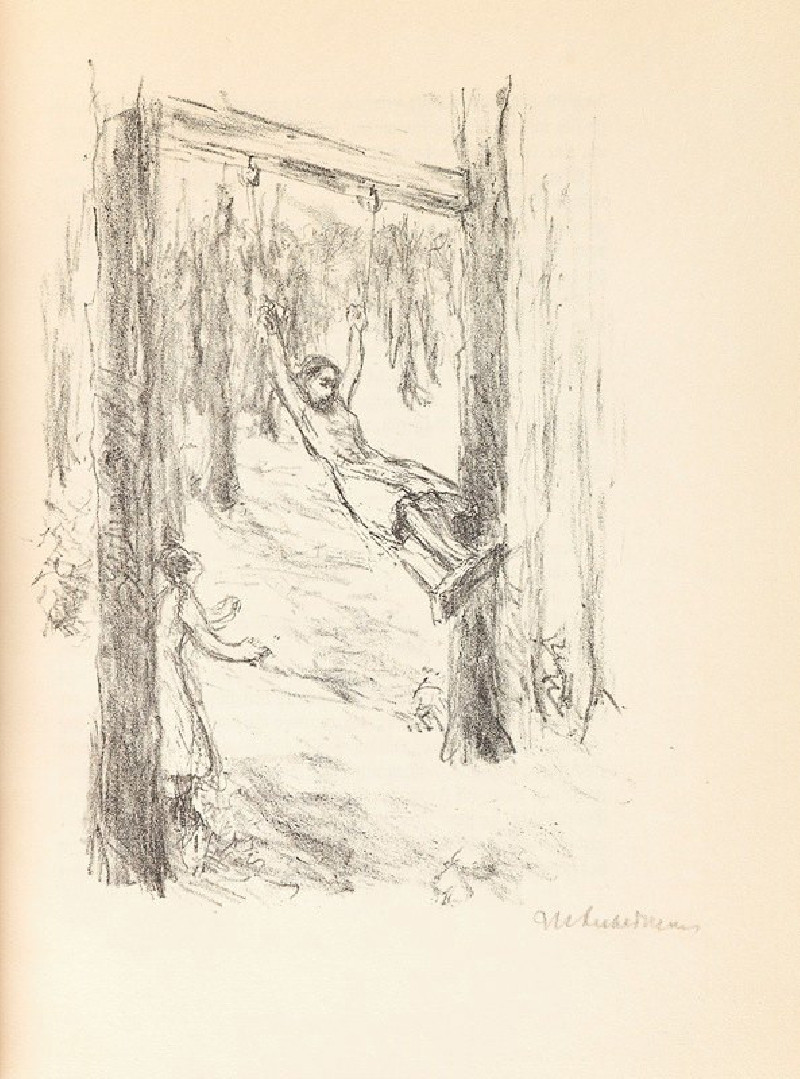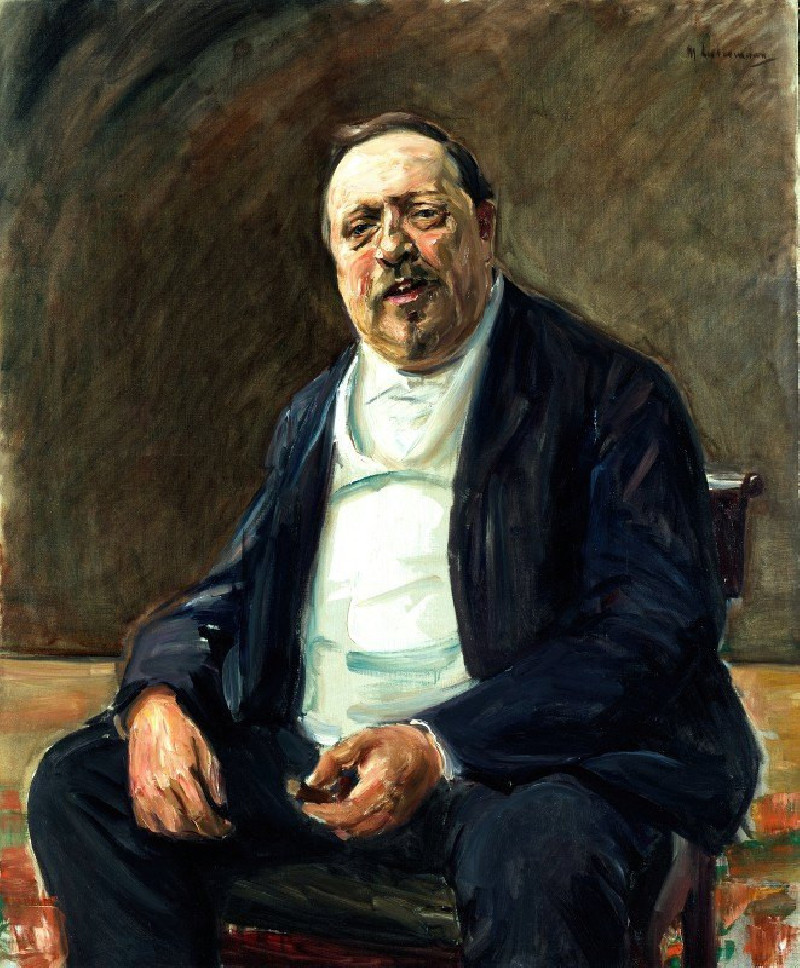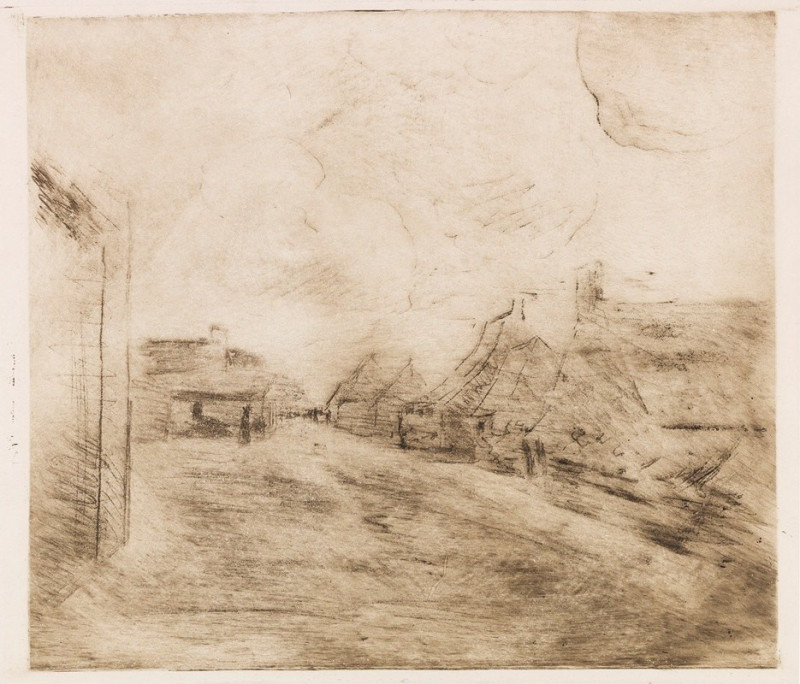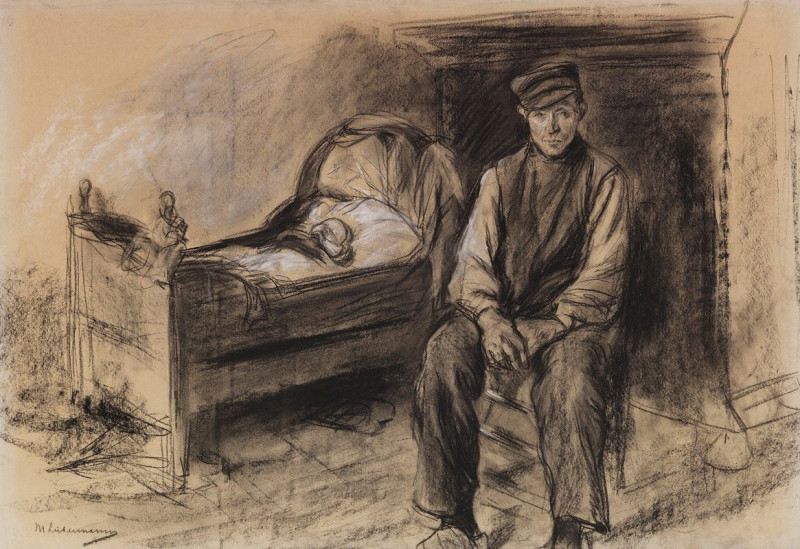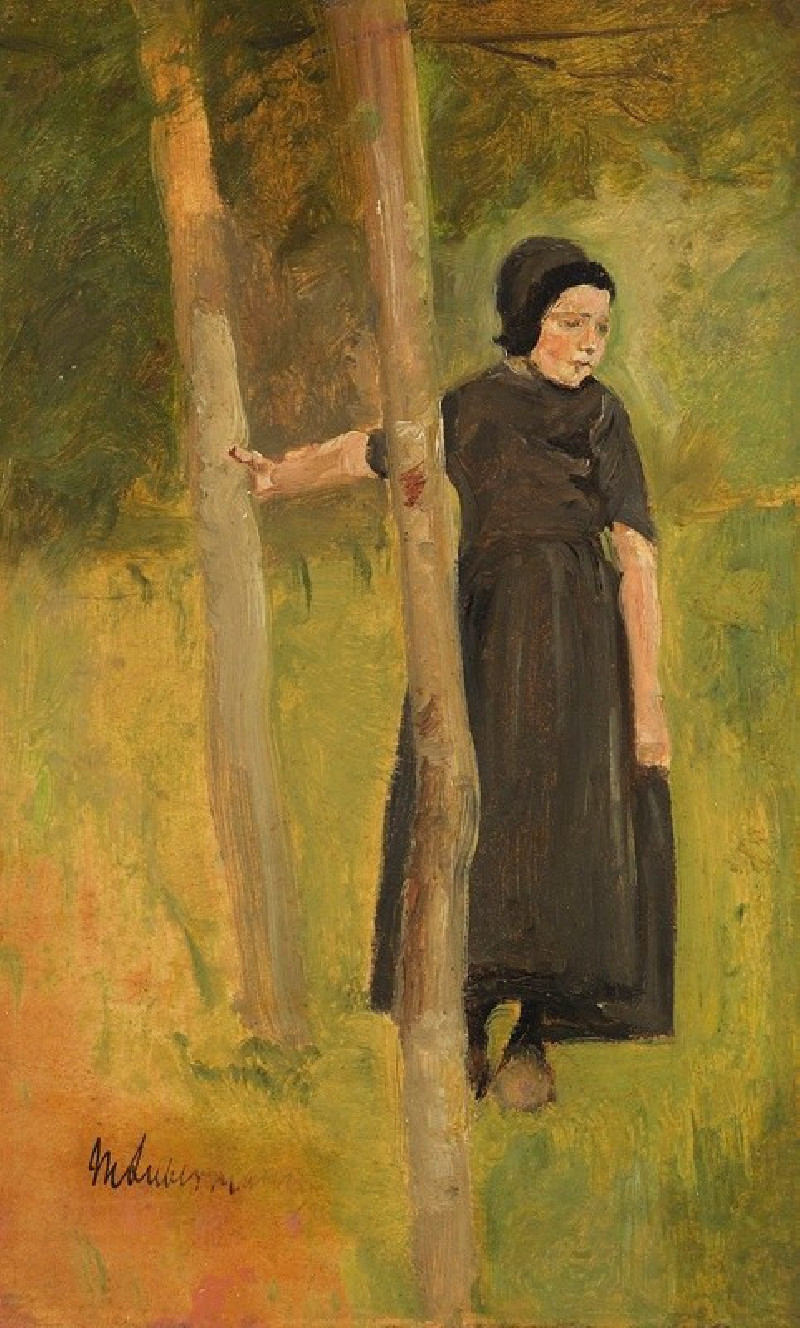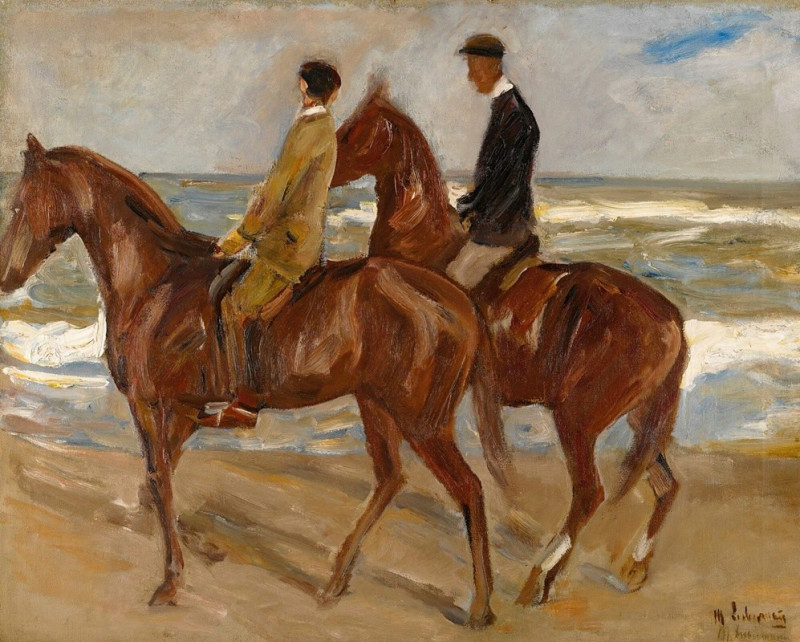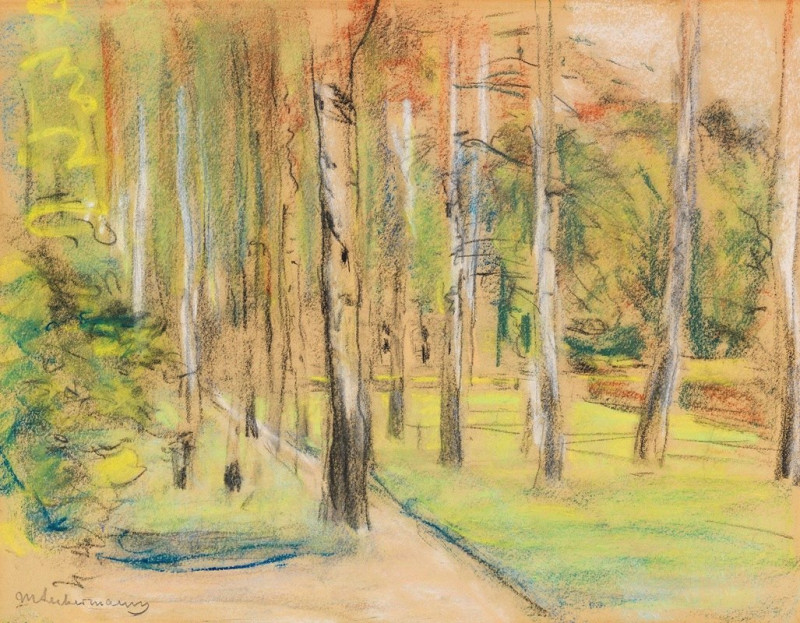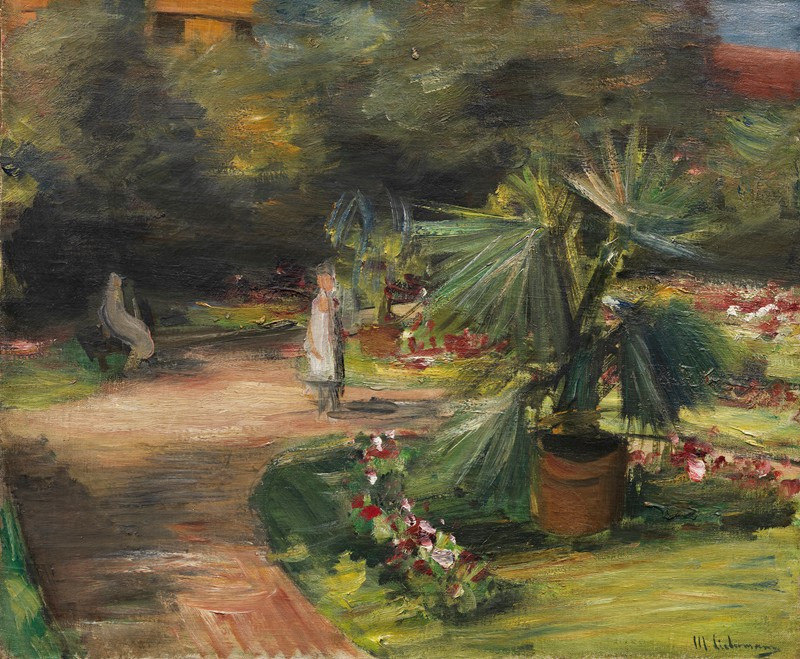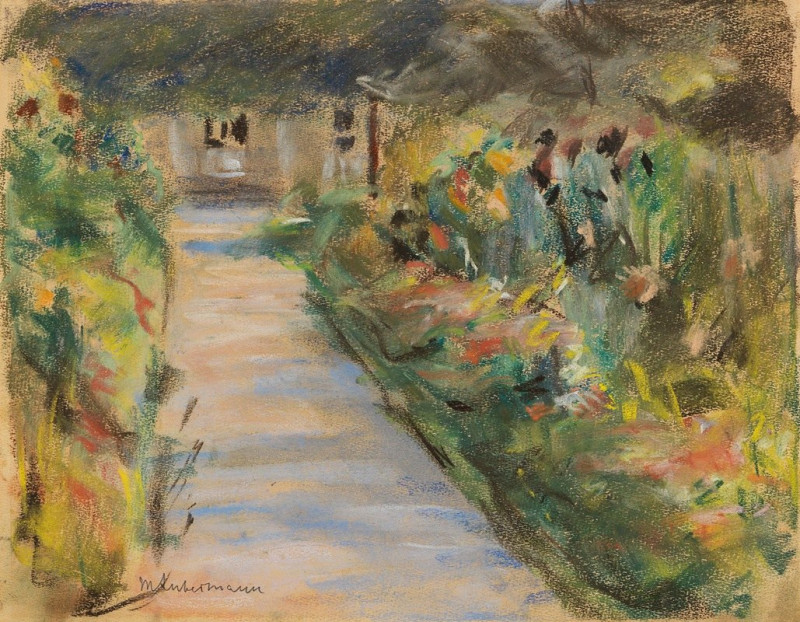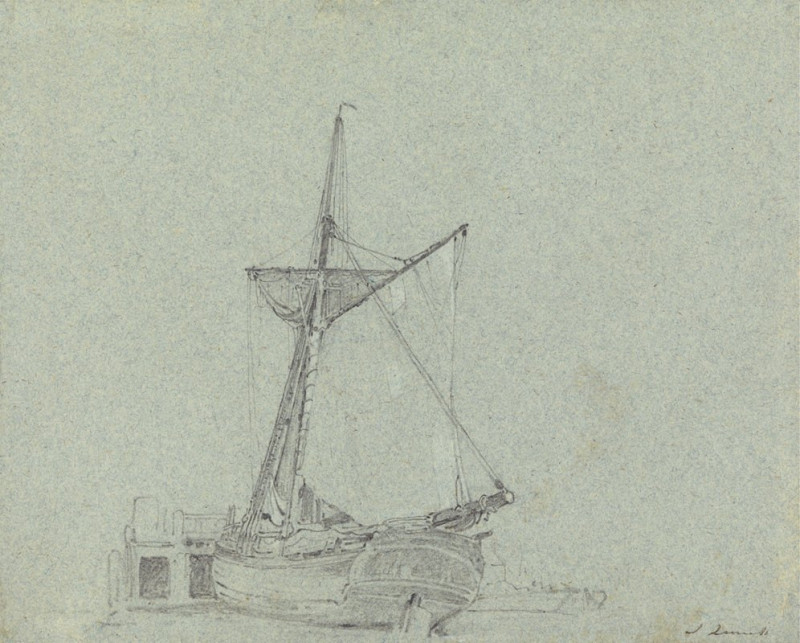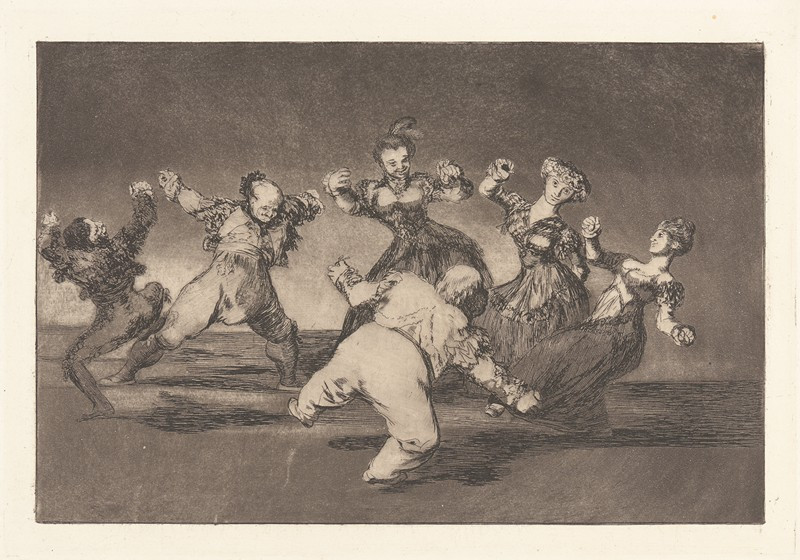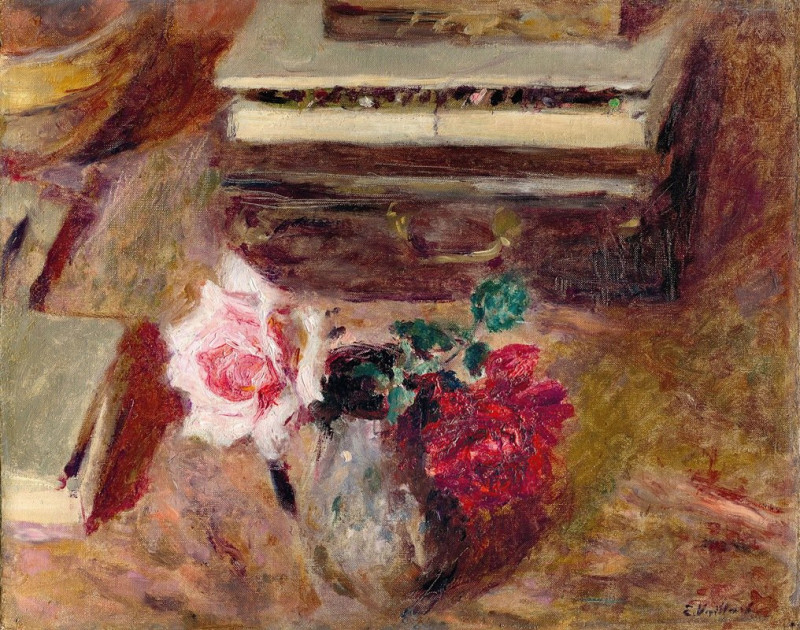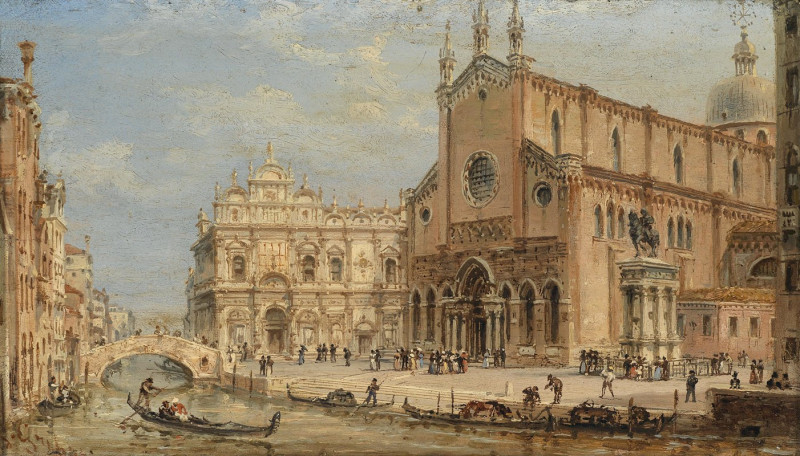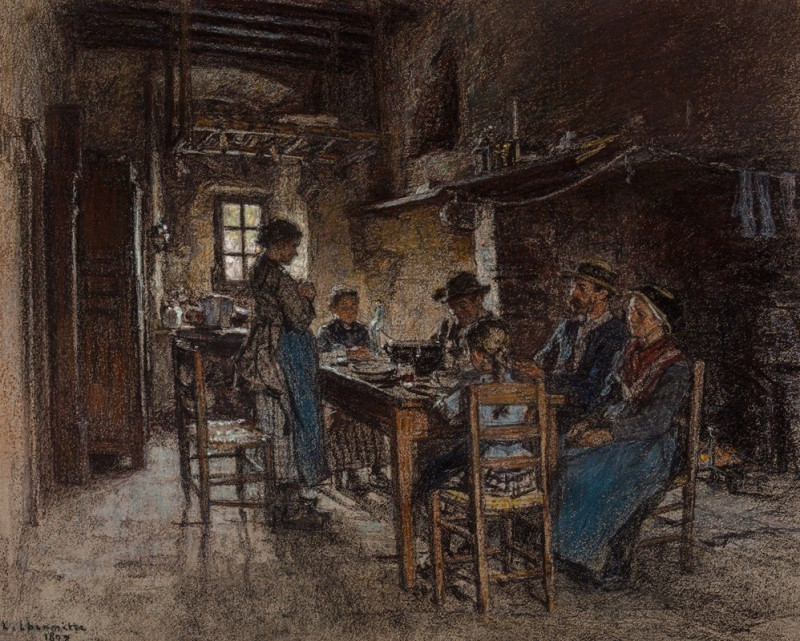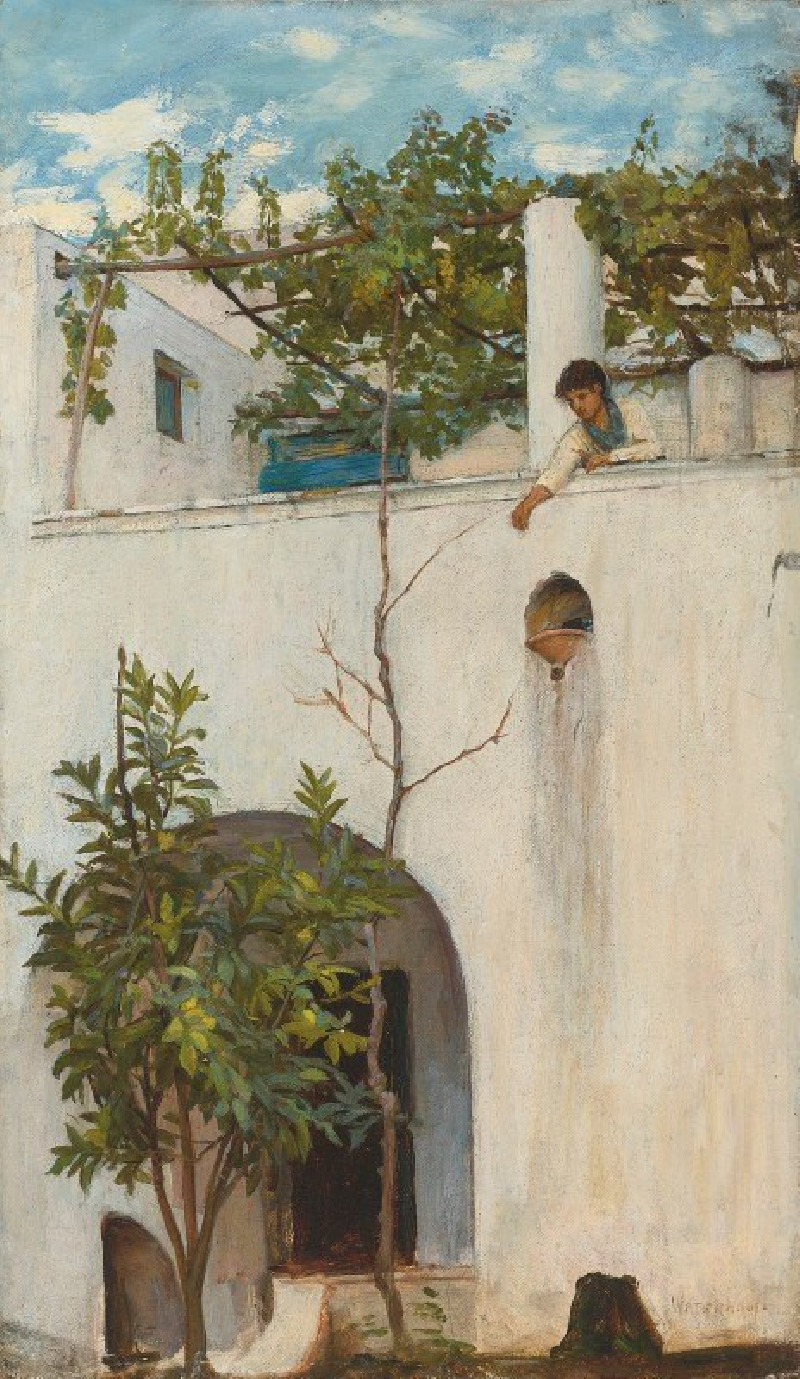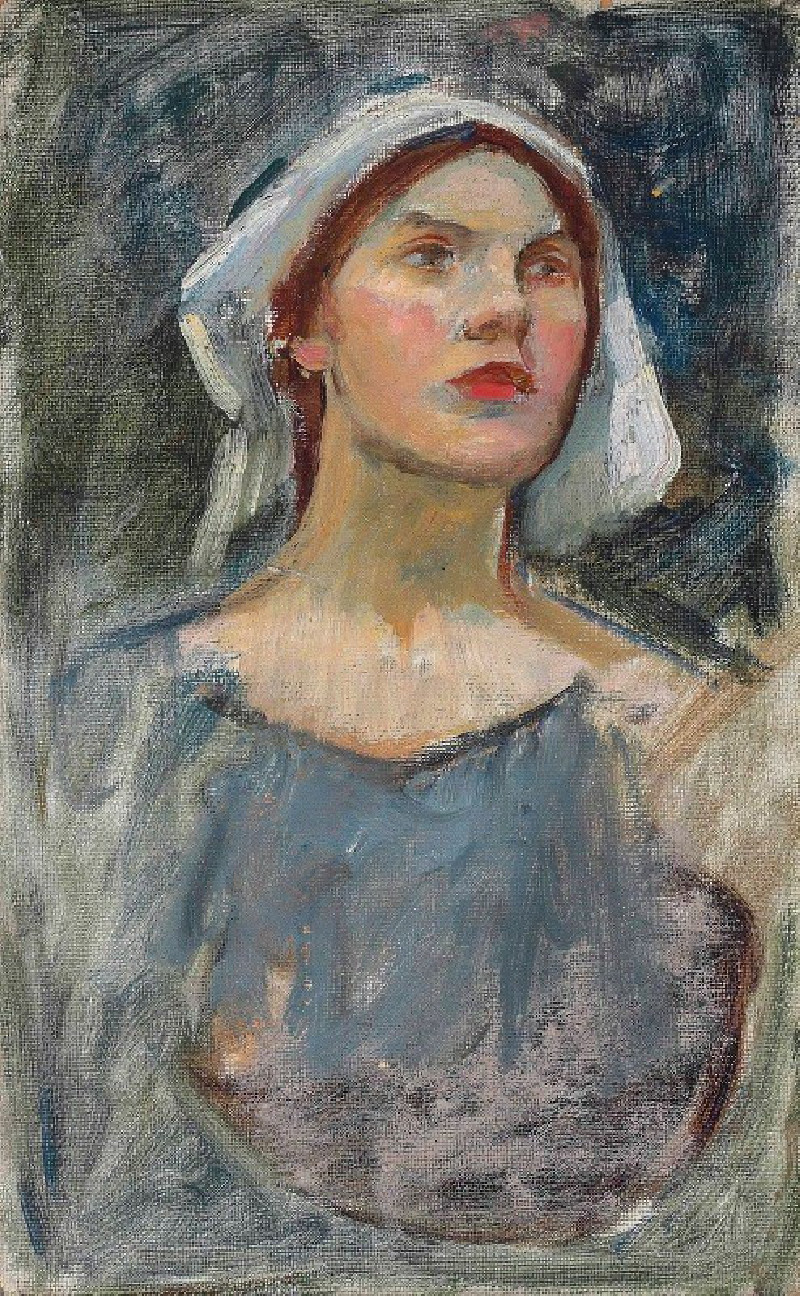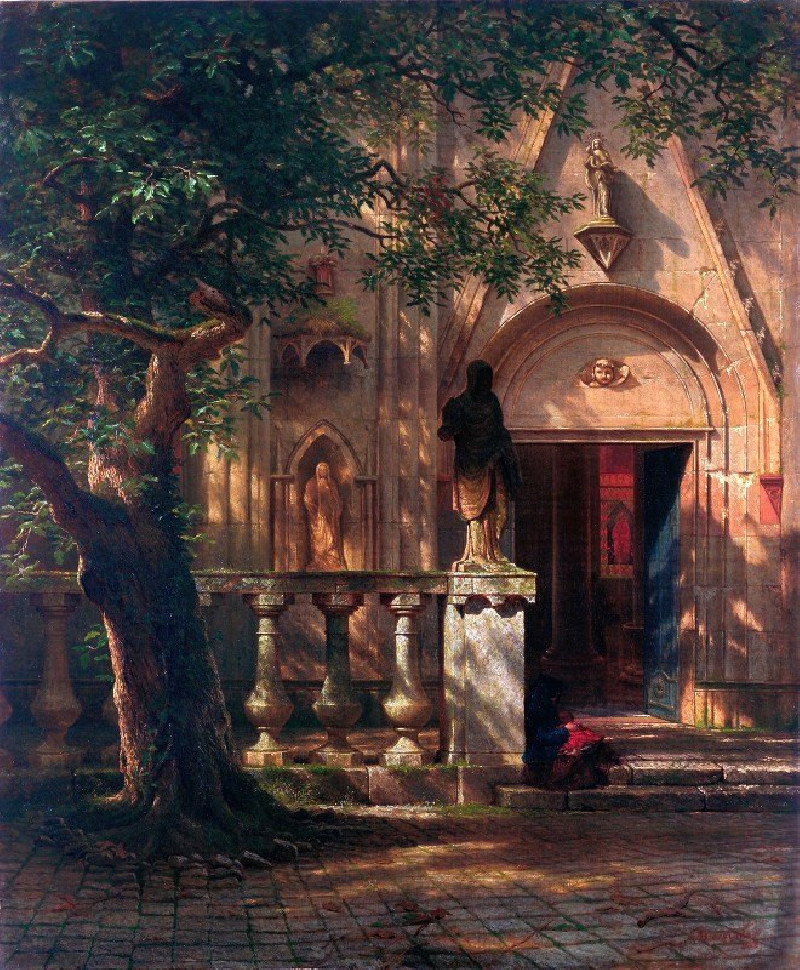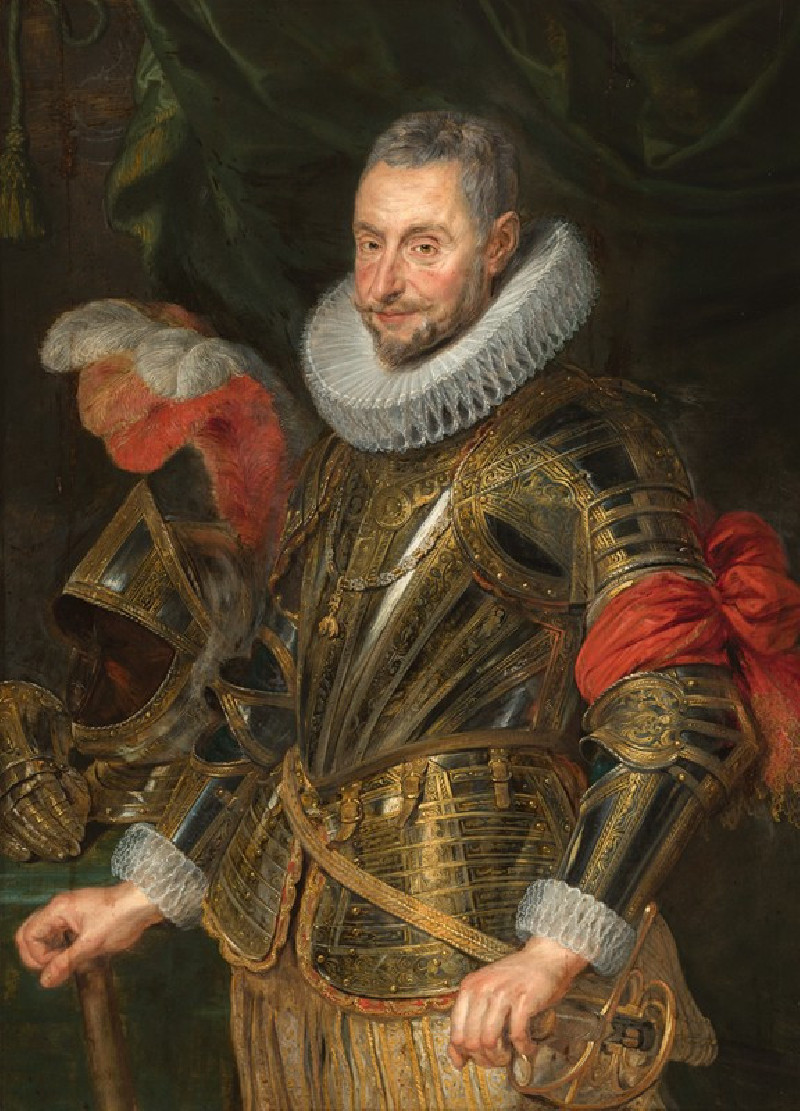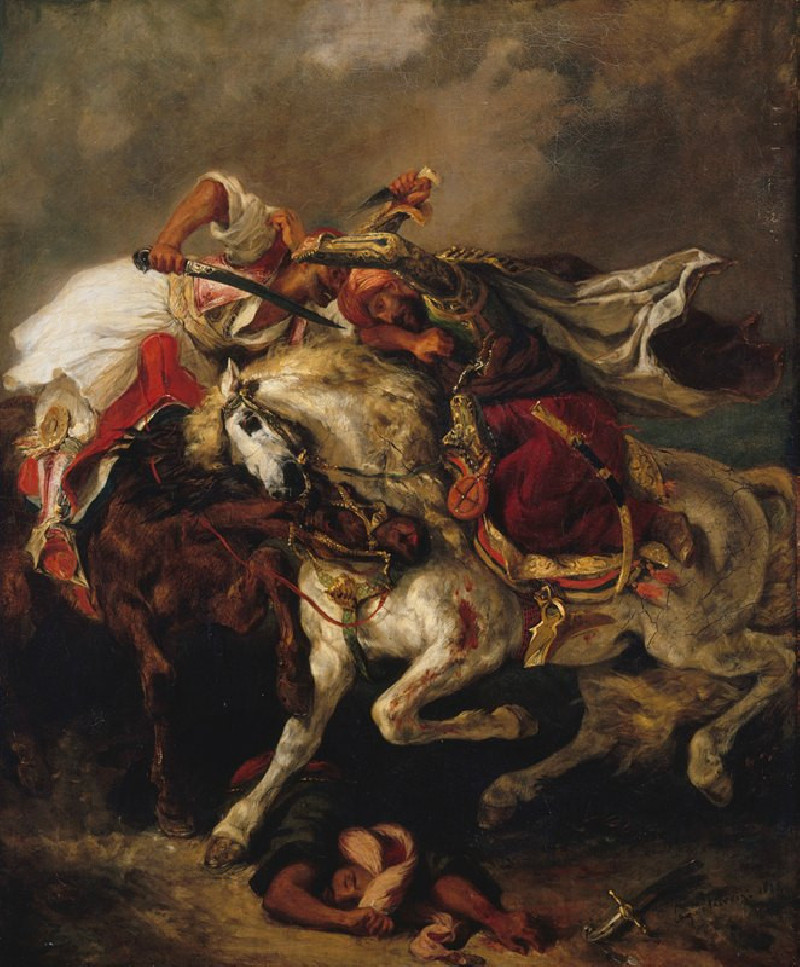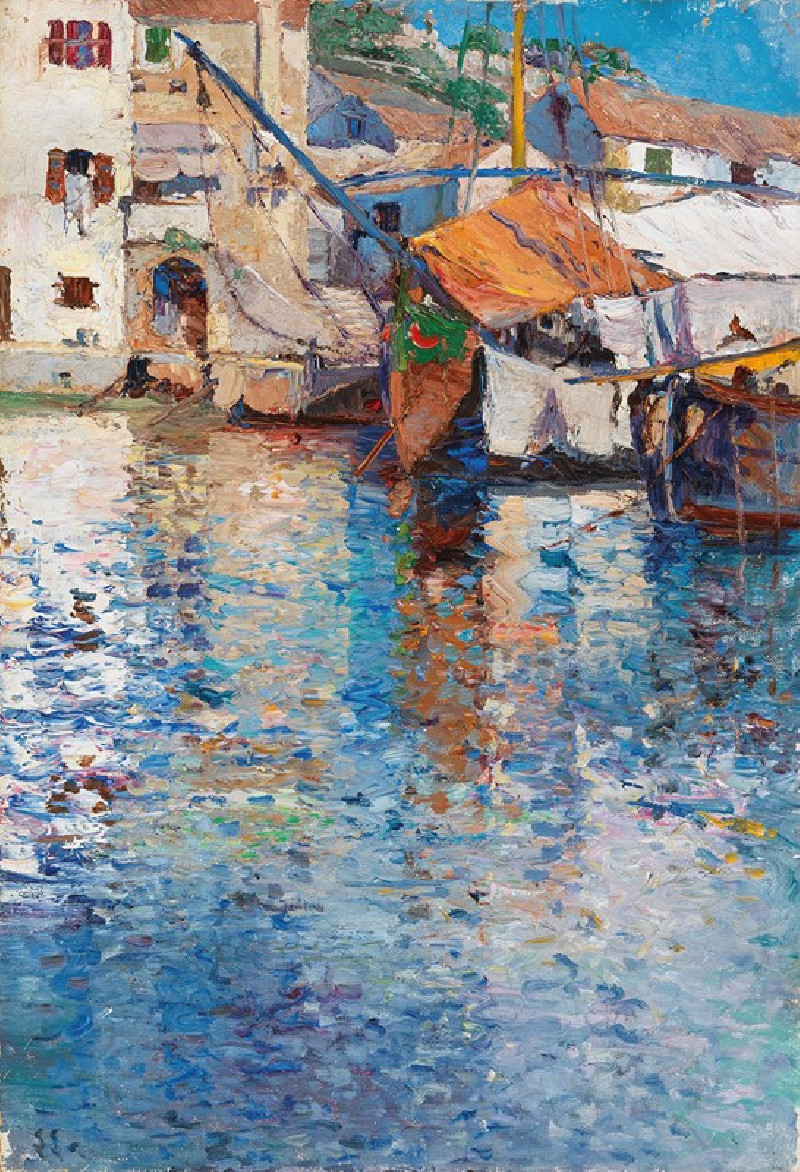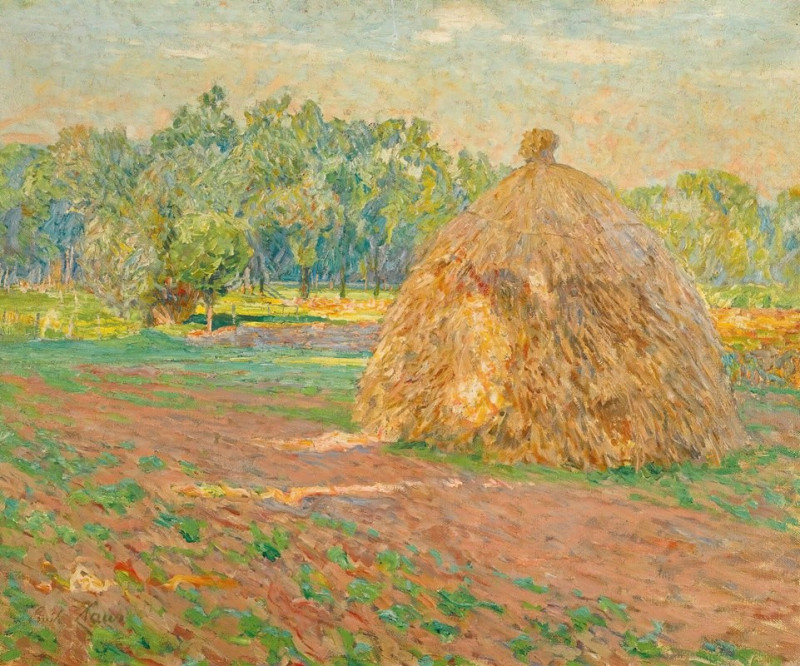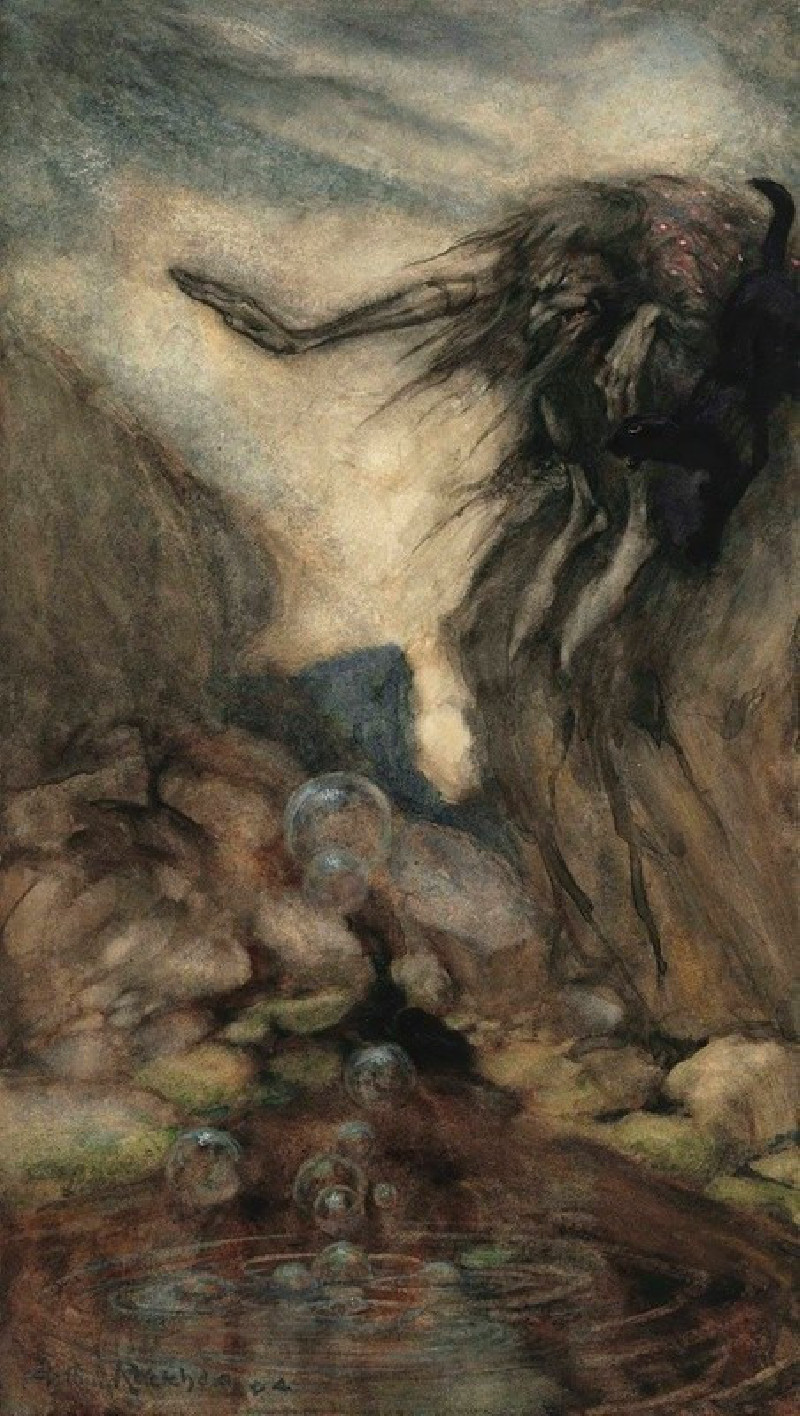Dorfhäuser mit Sonnenblumen (1890)
Technique: Giclée quality print
Recommended by our customers
More about this artwork
"Dorfhäuser mit Sonnenblumen" (Village Houses with Sunflowers), painted by Max Liebermann in 1890, offers a captivating glimpse into rural village life through the eyes of one of the most prominent proponents of Impressionism in Germany. This artwork represents Liebermann's profound sensitivity to the bucolic charms and everyday simplicity of village landscapes.In this painting, Liebermann captures a serene view of a village scene, dominated by rustic houses with thatched and tiled roofs. The houses are rendered in earthy tones of orange and brown, blending harmoniously with the overcast sky above, which is depicted in soft grays and whites. A striking feature of this piece is the vibrant sunflowers, which stand tall and proud, adding splashes of bright yellow to the greenery that enfolds the village environment. These sunflowers not only offer a contrast in color but also imbue the scene with a sense of life and vitality.In the foreground, a figure in pale clothing is seen tending to the garden, further emphasizing the theme of rural livelihood and the close relationship between the villagers and their land. The presence of the figure adds a human element to the scene, making the landscape feel inhabited and dynamic.Overall, Max Liebermann's "Dorfhäuser mit Sonnenblumen" is a delightful celebration of rural simplicity and natural beauty, reflecting the artist's keen observational skills and his love for the Impressionist style's interplay of light and color.
Delivery
Returns
Max Liebermann was a German painter and printmaker of Ashkenazi Jewish ancestry, and one of the leading proponents of Impressionism in Germany.
The son of a Jewish fabric manufacturer turned banker from Berlin, Liebermann grew up in an imposing town house alongside the Brandenburg Gate.
He first studied law and philosophy at the University of Berlin, but later studied painting and drawing in Weimar in 1869, in Paris in 1872, and in the Netherlands in 1876–77.



